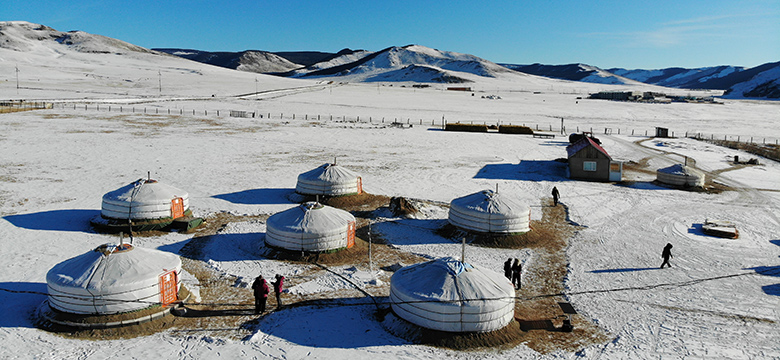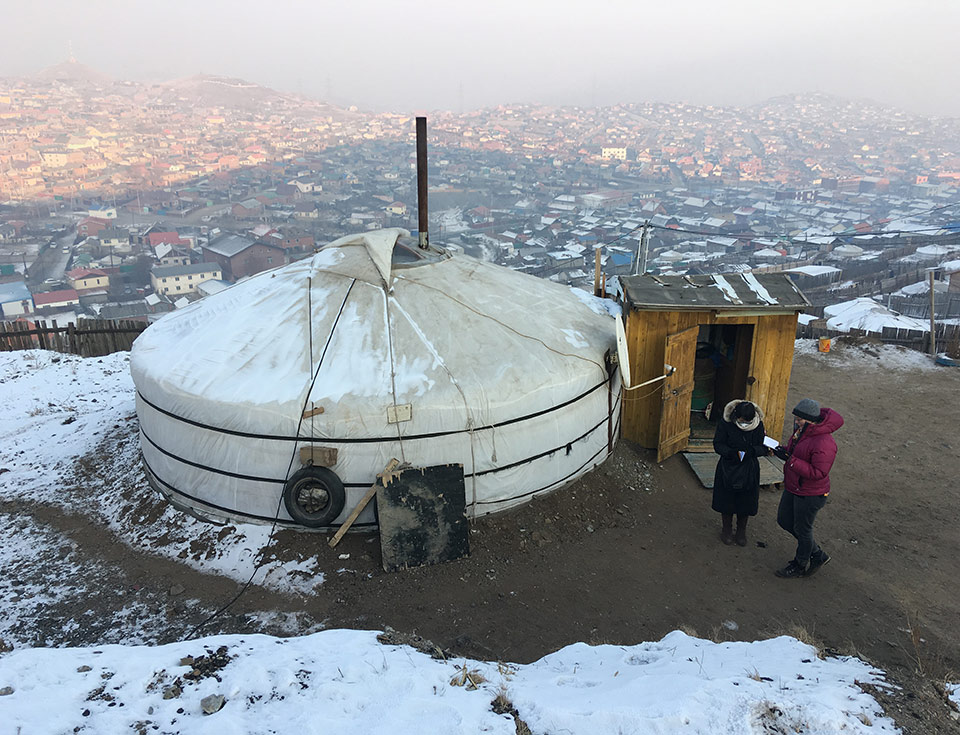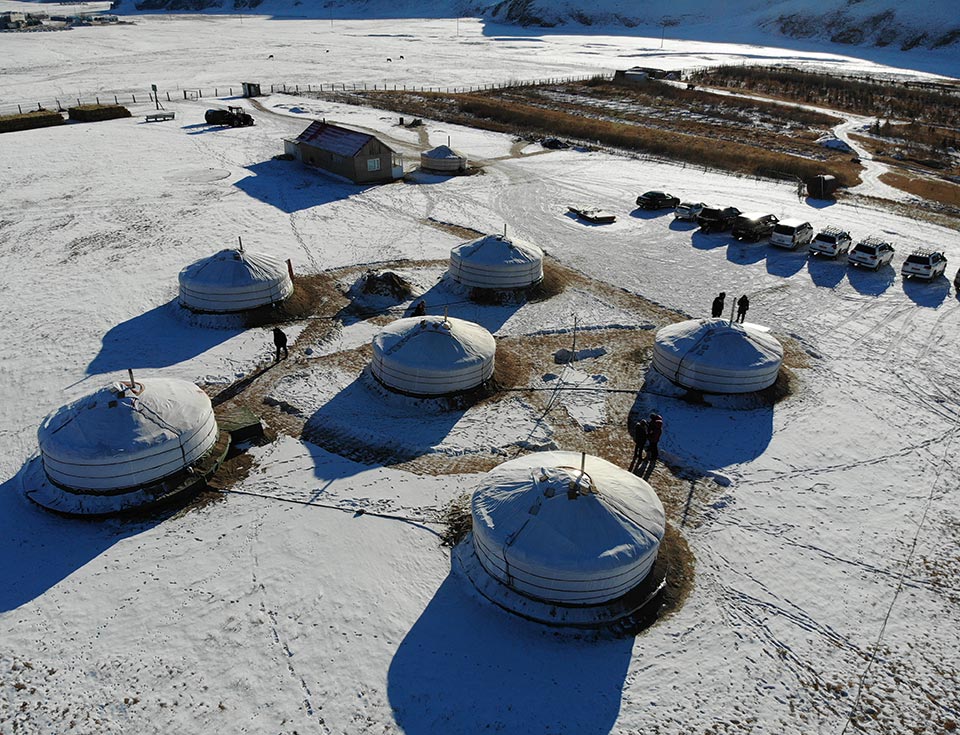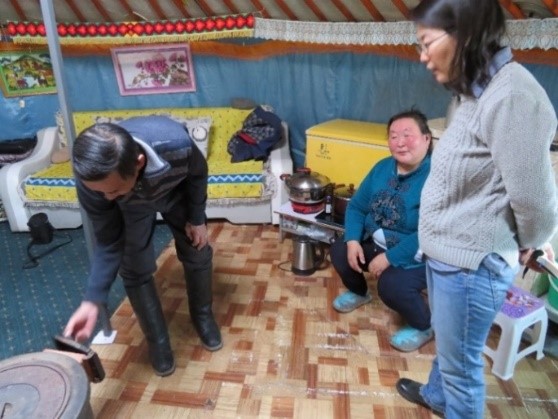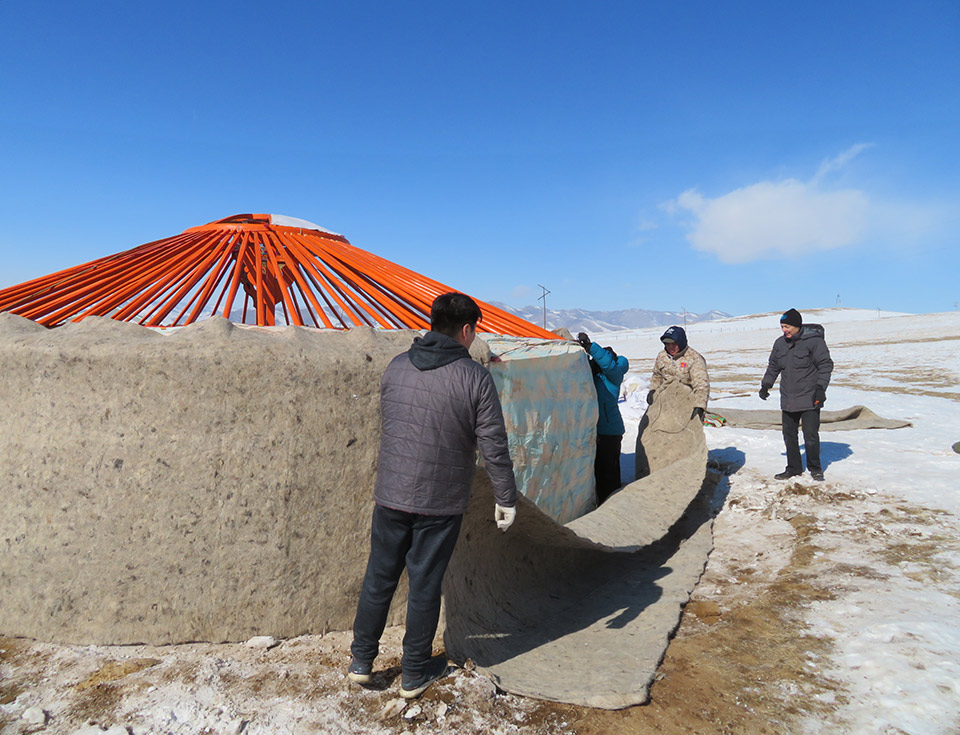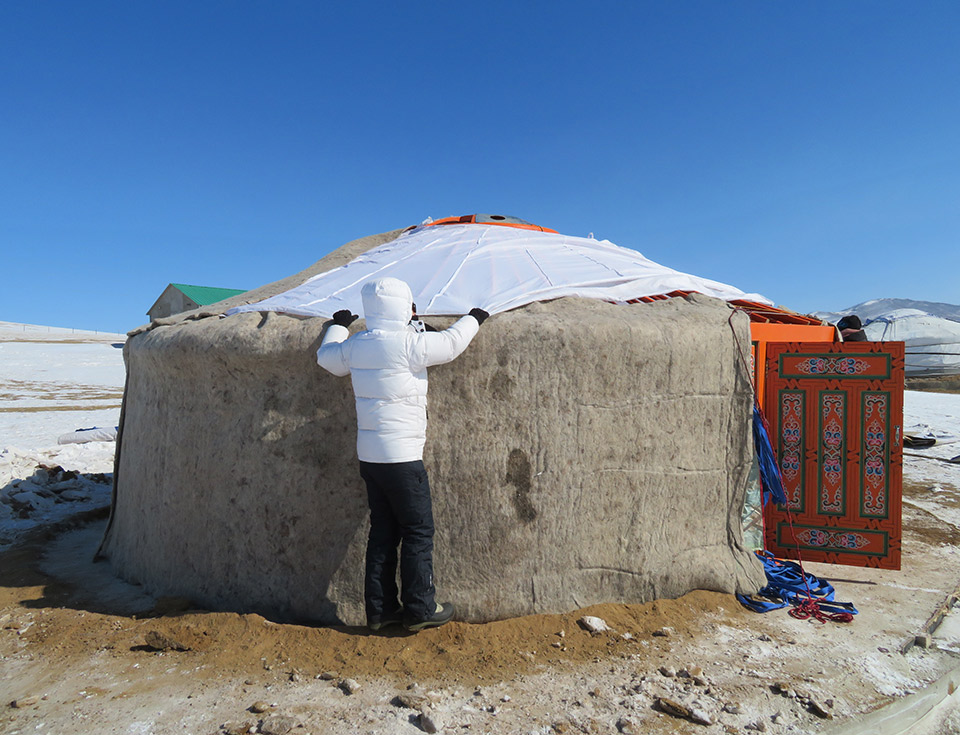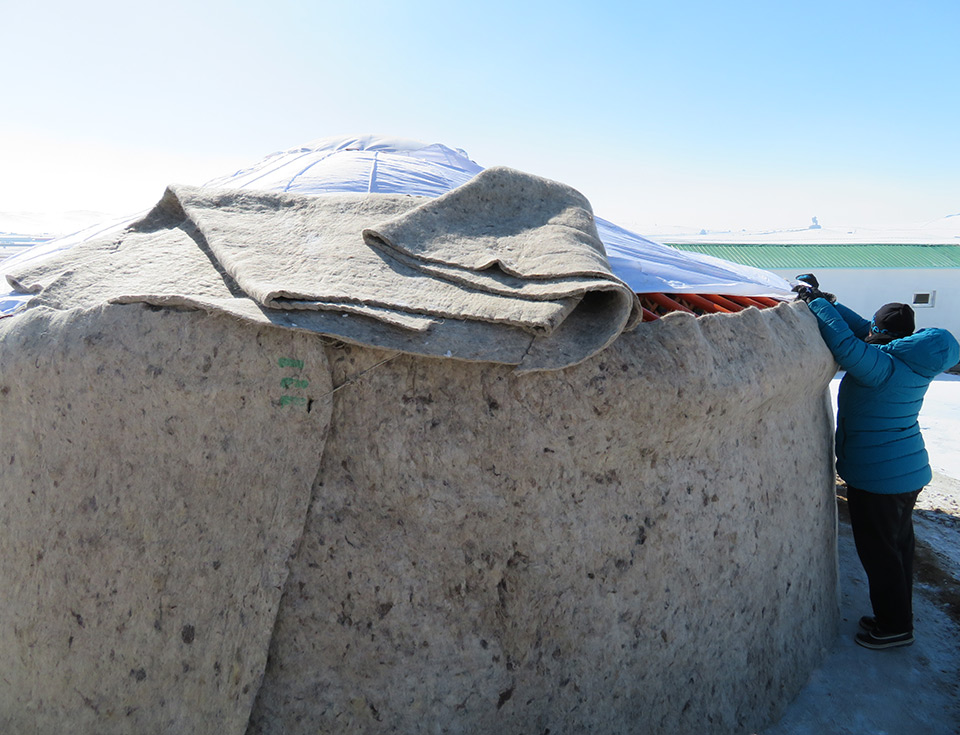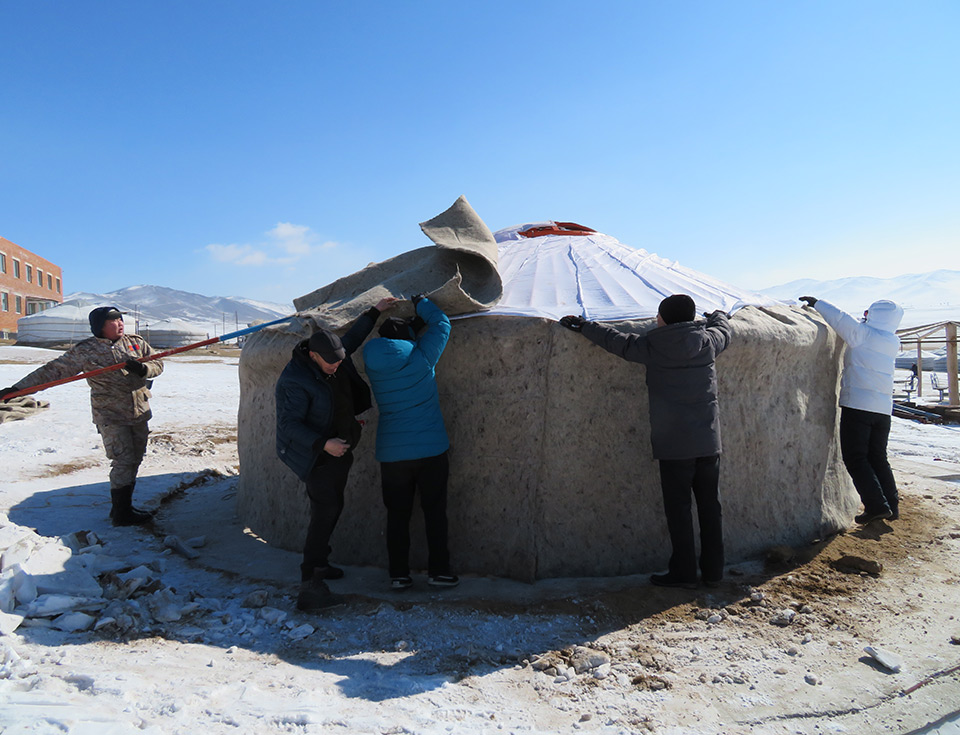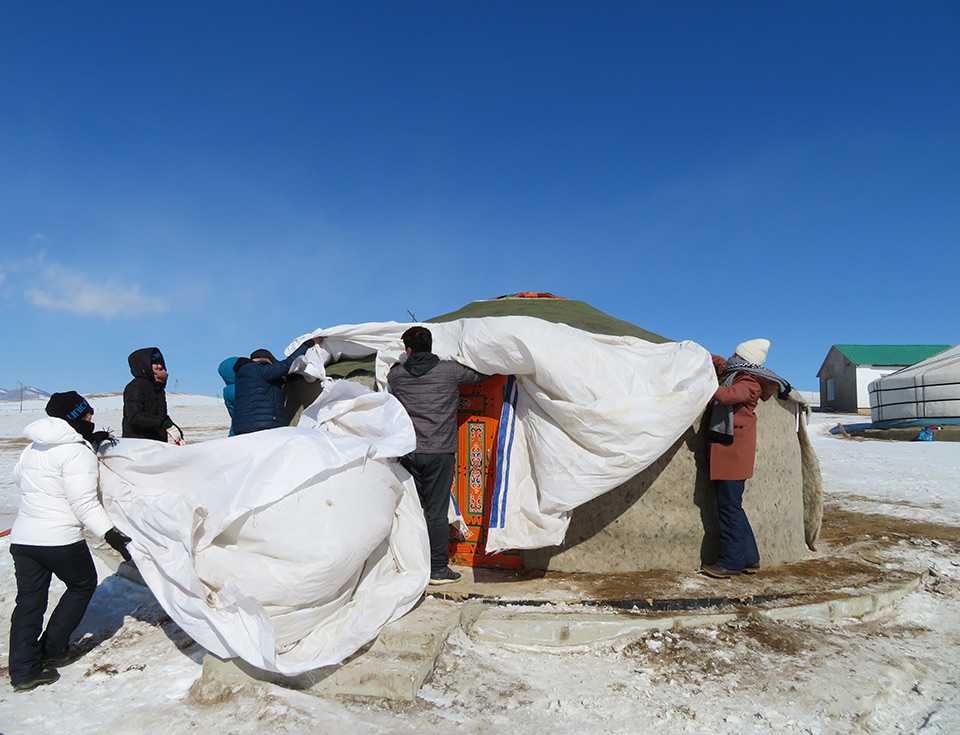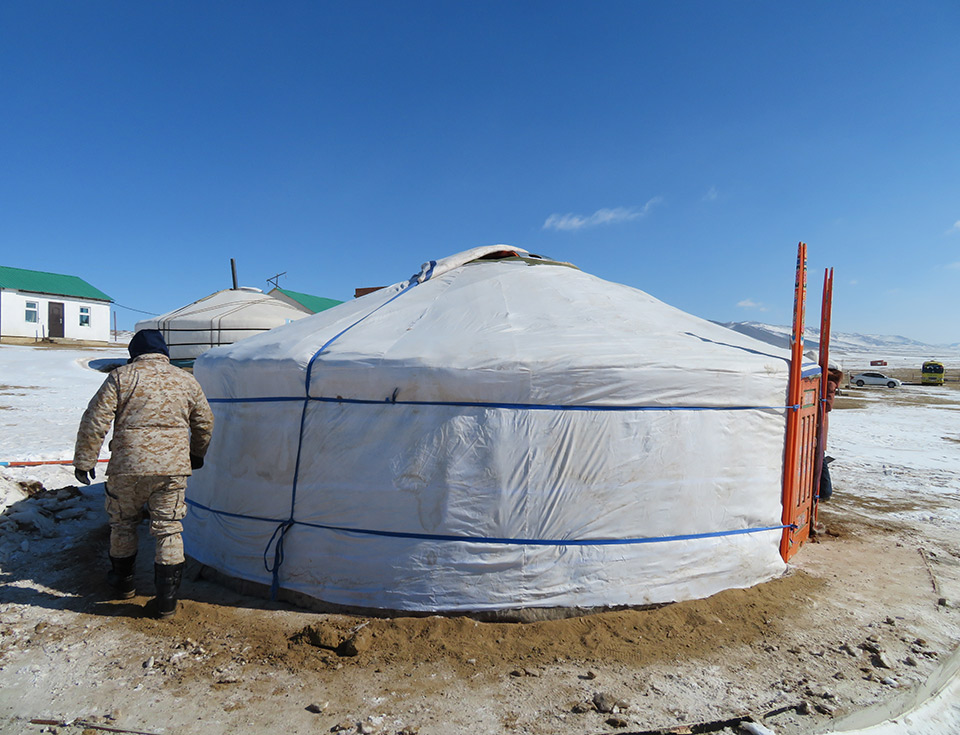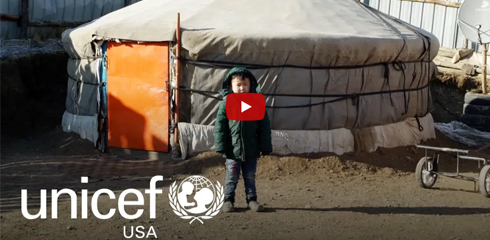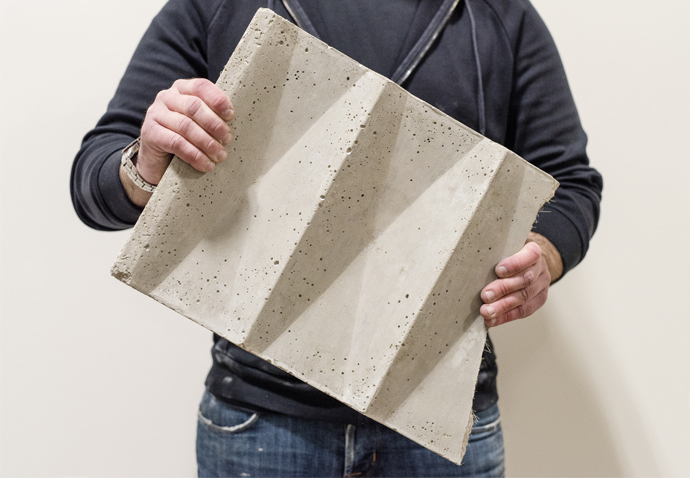How can we improve the building performance of traditional housing in extreme climates?
In the Mongolian capital of Ulaanbaatar, the cold climate and air pollution go hand in hand. The city is the coldest capital on earth, with wintertime temperatures dropping below -40 ºC. Prior to a government ban in May 2019, its population relied largely on raw coal to survive the harsh winters, and as a result the daily air pollution levels were regularly 30 times higher than what is considered safe by the World Health Organization. Compounding the problem is the city's rapid growth—a shortage of long-term housing means that nearly 60% of the city's population live in traditional gers whose shape and structure can trap the toxins associated with pollution-related health effects.
In 2018, KieranTimberlake began a collaboration with Mongolian NGO GerHub, UNICEF Mongolia, and UNICEF's Office of Innovation to understand the intersection of public health, pollution, urban infrastructure, and building performance in Ulaanbaatar—challenges that disproportionately affect the city's most vulnerable residents. Through fieldwork, analysis, and prototyping, this project aimed to find low-cost, high-impact, easily distributed design interventions that can dramatically reduce coal consumption and improve air quality.
Nearly 60% of residents in the Mongolian capital city of Ulaanbaatar live in informal ger districts that have little access to municipal services. At the time of this study, residents relied on raw coal to survive the harsh winters.
Background
Nearly half of Mongolians live in gers, traditional dwellings whose domed shape and portability are uniquely suited to a nomadic lifestyle. The ger has been refined over thousands of years of use in extreme climates and remains central to Mongolian culture and identity. As Mongolians have moved to the city from the countryside they have brought their gers with them, establishing family plots in sprawling neighborhoods that have little access to municipal services. At the time of this study, urban ger dwellers relied entirely on the burning of raw coal, plastics, rubber, and trash for heat. Over the course of a single winter, a typical family burned between four to eight metric tons of coal to heat their home and cook their meals.
The health impacts were staggering. Across Mongolia, a 3.5-fold increase in fetal deaths has been documented between winter and summer. Respiratory infections and asthma increased precipitously. In one highly polluted neighborhood in Ulaanbaatar, children were found to have 40% less lung function than children living in rural areas.
Designing the 21st Century Ger
In 2018, a multi-disciplinary team of designers, community advocates, policy makers, and health professionals came together to tackle the pressing issue of air pollution and human health by focusing on the design of the ger itself.
The project aims to better understand the relationship between thermal flow and heat retention in order to decrease household coal consumption. In addition to this multi-year research agenda, design partners KieranTimberlake, Arc'Teryx, The North Face, and the University of Pennsylvania Weitzman School of Design developed low-cost prototypes to make a measurable impact on coal consumption, thermal comfort, and indoor air quality.
Located just outside of Ulaanbaatar, the "Ger Ranch" was made up of six experimental gers each testing a series of low-cost prototypes for their impact on coal consumption, thermal comfort, and indoor air quality.
Data Collection
Before proposing solutions, KieranTimberlake worked with our Mongolian partners to set up data collection and surveying methods. Leveraging our shared experiences with ethnographic surveying and participant observations, our team collected data on construction techniques that focused on local innovation and best practices. Additionally, during the first year of the project, several families volunteered to let the team install a range of thermal sensors and air quality monitors in their gers. These monitors created a rich dataset of environmental conditions, occupancy, and fuel use that our team plans to publicize for our partners and for other researchers to use.
As part of our research, we interviewed ger residents to understand existing housing conditions and the use of coal stoves. Several Mongolian families also volunteered to let our team install thermal sensors and air quality monitors in their gers.
Prototyping
Following our initial data collection, we collaborated with our design partners on a series of prototypes that measure building performance and the relative importance of each building component, such as an insulated door, vestibule, or floor.
To this aim, our team has devised a controlled testbed of six experimental gers. Dubbed the “Ger Ranch,” this testbed gave us the flexibility to individually and collectively evaluate a series of interventions and experimental prototypes. These prototypes were designed over a two-month period by the design partners and are meant to isolate a specific thermal floor or explore a heat retention strategy such as insulation, thermal mass, infiltration, or radiation. During the winter monitoring period, these six gers will be tested for their retention of both electric and coal heat, providing valuable data that supports the project's continued development.
To learn more about this project, view our Related Updates below or visit GerHub.


